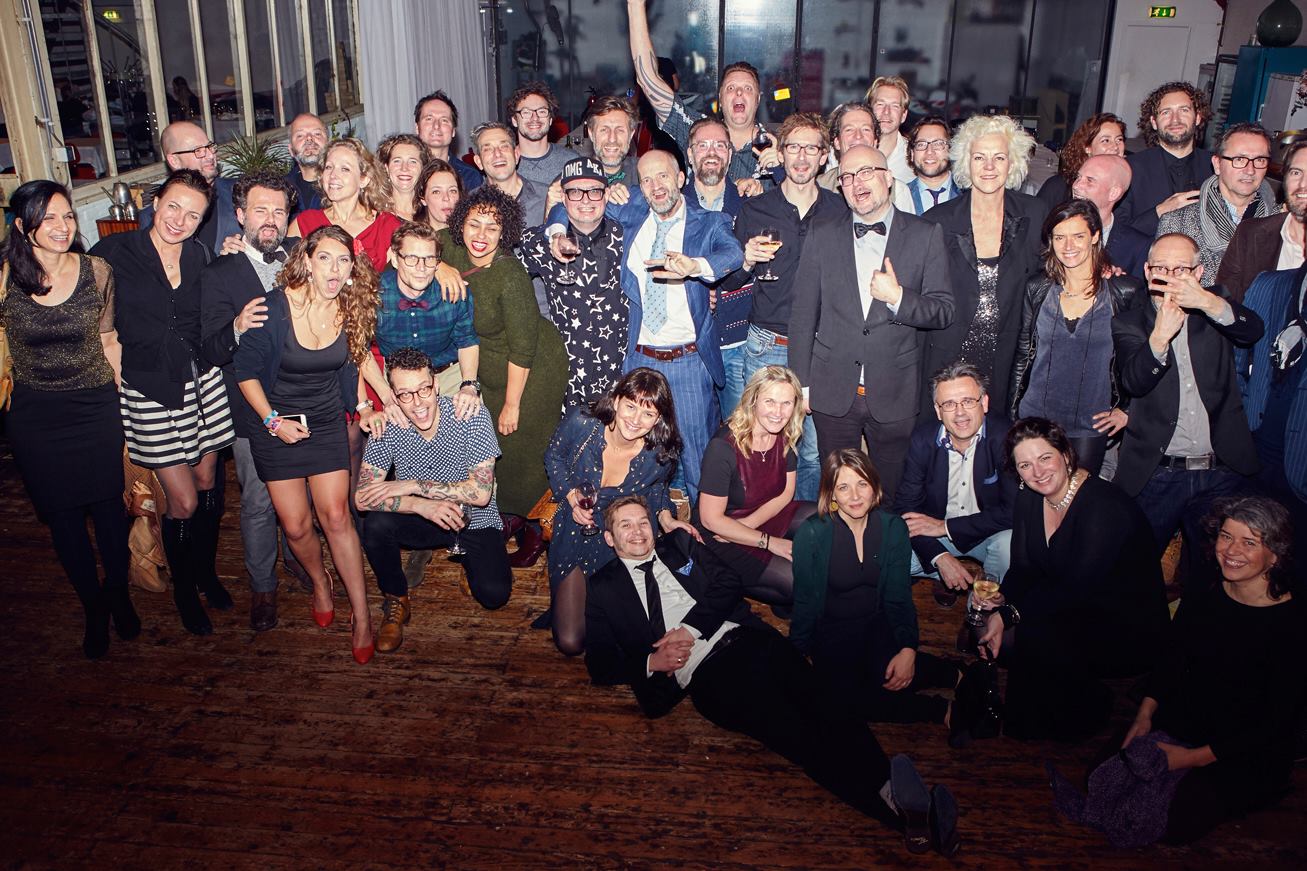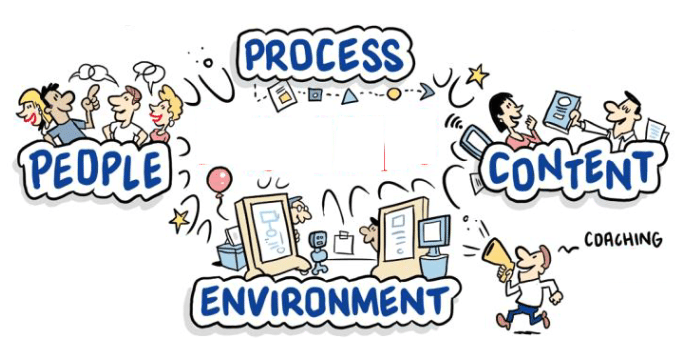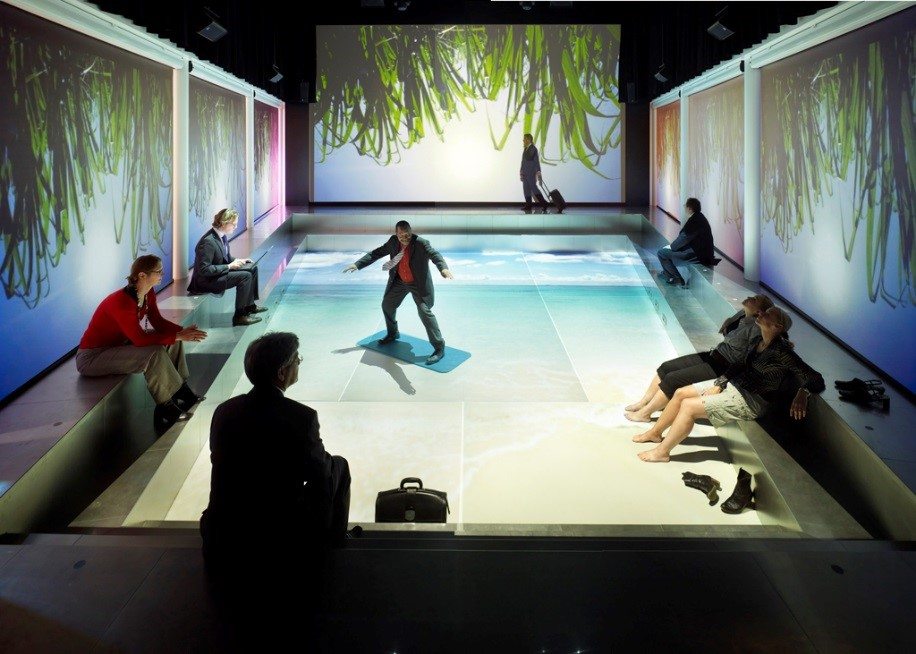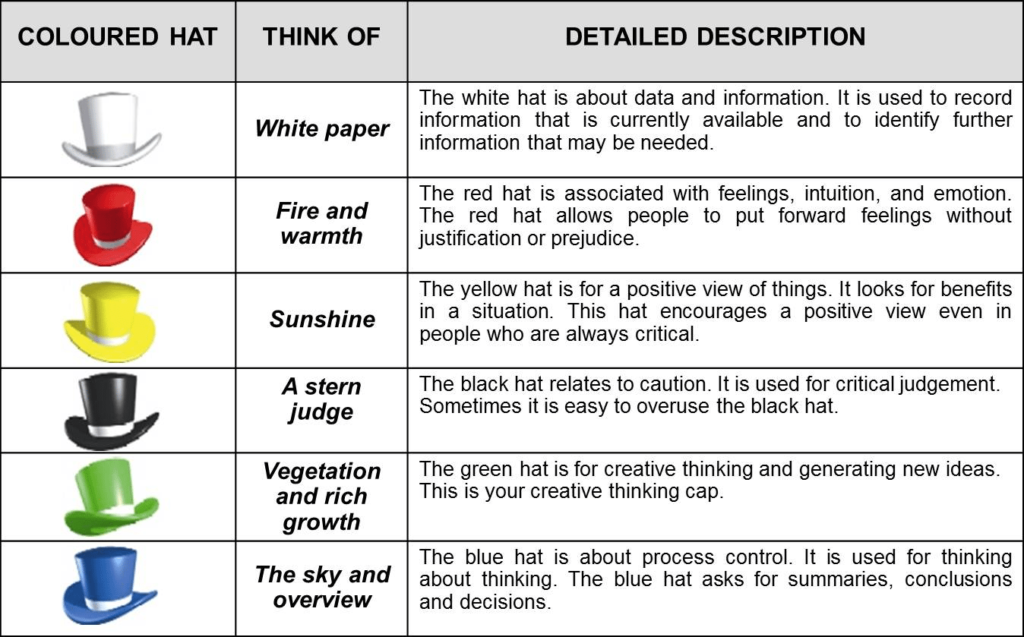
Creatieve bureaus die voor marketeers werken, zoals reclame-, online of redactiebureaus, hebben het lastig. Vooral de zogenoemde ‘full-service bureaus’ hebben de nodige concurrentie gekregen. En die concurrentie is ook serieus: 70 procent van de marketeers wil werken met specialisten voor hun verschillende communicatievragen. Dat concludeert marketingfreelance-collectief The Freeforce na onderzoek onder marketingbeslissers die zijn aangesloten bij NIMA; tenslotte de beroepsvereniging van marketeers. Pascal van de Boogert is voorzitter van dat collectief.
Door Luuk Ros*
NIMA is niet de initiator van het onderzoek, maar verleende wel medewerking om decision-making units in marketing te vinden in het netwerk en hen te vragen aan het onderzoek deel te nemen. Het gaat immers om een belangrijke ontwikkeling die grote impact kan hebben op de manier waarop marketing en de marketingfunctie wordt georganiseerd. Naar aanleiding van een artikel over dit onderwerp bleven wat vragen liggen.
Pascal, jullie collectief besloot tot onderzoek naar de rol van zelfstandige creatieven voor marketeers. Waarom eigenlijk? Welke trend dachten jullie te zien?
“Marketeers werken steeds vaker rechtstreeks met freelancers. Maar we zien dat deze manier van werken nog wel een paar kinderziektes heeft. Daarom wilden we achterhalen hoe marketeers het liefst willen werken met leveranciers van creatief werk. Zodat The Freeforce zijn model daar op aan kan passen.”
In een artikel dat in Adformatie verscheen (er is ook een versie zonder slotje), concludeer je fijntjes dat de marketeer tegenwoordig liever ‘werkt met speciaalzaakjes’. Wat heeft dat nou het meest veroorzaakt? Is dat de media-explosie die werken met één bureau zo lastig maakt of de crisis van 2008 die een enorme shake out van grote bureaus heeft veroorzaakt en waardoor veel creatieven ineens zzp’er werden?
“Dat is veroorzaakt door de media-explosie. Marketeers willen geen bureau dat een beetje kennis heeft van pr, seo, mobile en affiliate. Ze willen toegewijde specialisten die alles weten van dit ene specifieke onderwerp. De crisis heeft deze trend versterkt en ontzettend geholpen. Want daardoor kwamen er opeens veel freelancers op de markt die zich gingen toeleggen op een specialisme.”
Als organisatie die de belangen vertegenwoordigt van losse marketingcreatieven komen de conclusies van dit onderzoek jullie natuurlijk wel heel goed uit. Hoe onafhankelijk was het?
“Hahaha! Natuurlijk hoopten we dat het onderzoek ons zoveel mogelijk in de kaart zou spelen. Maar we hebben er wel alles aan gedaan om het zo onafhankelijk mogelijk te maken. Zo hebben we contact opgenomen met NIMA. Dat heeft het onderzoek vervolgens verspreid in hun eigen netwerk van marketeers.”
“We zijn blij dat we het zo objectief mogelijk hebben aangepakt. Want bij de conclusies zie je belangrijke punten waar freelancers – en The Freeforce – nog aan moeten werken. Zoals het aanbieden van ons netwerk aan de marketeers op een manier die zij prettig vinden. Maar ook het vergroten van de algemene marketingkennis onder freelancers is nog een dingetje, zo blijkt.”

The Freeforce
Het lijkt – op basis van het onderzoek – dat marketeers het veel drukker krijgen met de aansturing van een groot aantal kleine bureaus, collectieven en zzp’ers dan voorheen. Hoe managen ze dat? Jullie hebben daar veel ervaring mee, neem ik aan.
“Goeie vraag. Sommige marketeers – zoals bijvoorbeeld bij Bose – hebben een vaste art-buyerin huis om dit te regelen. Maar ik denk dat veel marketeers dit nog niet hebben. Daar ligt ook een kans voor The Freeforce. Onze freelance art-buyers – trafficers of producers – zouden tijdelijk in-house bij marketeers deze rol op zich kunnen nemen. Totdat de marketeer deze rol zelf over kan nemen.”
Heb je de indruk dat er echt ‘interne reclamebureaus’ ontstaan – creatieven die al dan niet in dienstverband bij bedrijven zelf werken ontstaan? Zit daar een trend in?
“Volgens mij neemt deze trend juist weer af. Zeker als ik de uitslag van het onderzoek mag geloven. Enkele marketeers – zoals die van Calvin Klein en Tommy Hilfiger – hebben nog wel een interne vaste studio in huis. Maar ik vermoed dat ze voor gespecialiseerde zaken toch buiten de deur kijken.”
Werken met veel soorten en typen creatieven, maar ook andere dienstverleners zoals adviseurs, planners, strategen, vereist bijna een geheel ander soort marketingafdeling. Gechargeerd: van externe plannen afkeuren naar plannen verregaand zelf smeden. Merk jij daar zelf iets van?
“Ja, marketeers willen heel graag zelf hun merk aansturen. En ze willen ook heel graag zelf de specialisten inhuren en bij elkaar zetten om te werken op het merk.”
“Maar op beide vlakken kampen zij met kinderziektes. Het ontbreken van kennis bij de marketeers – over bijvoorbeeld marketingbudgetten en marketingplanningen – zorgt bij het rechtstreeks werken met freelancers soms voor problemen. Marketeers hebben dus nog flink wat werk te doen met hun marketingafdeling als ze de nieuwe manier van werken willen omarmen.”
Bestaan er grote verschillen tussen grote marketingbedrijven, de corporates, en de kleinere? De indruk bestaat toch dat de hele grote nog altijd liever aankloppen bij de grotere bureaus die er nog zijn.
“Klopt. Op dit moment is vooral budget een reden voor dit verschil. Grote marketeers met grote budgetten kloppen nog vaak aan bij één groot bureau. Kleine marketeers met kleine budgetten kloppen nog vaak aan bij één klein bureau. Alles wat daar tussen zit – het merendeel – werkt met een netwerk van specialisten en specialistische bureaus.”
“Maar de grote marketeers beginnen langzaam maar zeker in te zien dat werken met een netwerk niet alleen voordeliger is, maar ook ontzettend goed werkt. Daarom schakelen ze een voor een nu ook over op deze manier van werken. Zoals KLM en Rabobank bijvoorbeeld.”
Dit artikel is met toestemming integraal overgenomen van Marketingfacts
* Luuk Ros SCP is Manager Content & Business van NIMA











 In the first two blogs on serious creativity, I focused on the mindset of people and some ideation techniques. Assuming that you have assembled the right people and defined the content carefully, getting the most out of your teams and creating magic ALSO requires a specific process and a creative environment. Let’s start with the WHY.
In the first two blogs on serious creativity, I focused on the mindset of people and some ideation techniques. Assuming that you have assembled the right people and defined the content carefully, getting the most out of your teams and creating magic ALSO requires a specific process and a creative environment. Let’s start with the WHY.



